- 3046 views
- 0 comments

The Mohs scale of hardness is a system developed by German geologist and mineralogist Friedrich Mohs in 1812 to measure the hardness of stones. The Mohs scale assigns a numerical value to a mineral’s ability to resist scratching, ranging from 1 to 10. It is commonly used by geologists and mineralogists to help identify unknown gemstones, as well as by jewelers, lapidaries, and scientists in other related fields. In this blog post, we will explore the mohs scale of hardness in more detail, including its history and how it is used today.
WHAT IS THE MOHS SCALE OF HARDNESS?
Mohs scale is commonly used in the jewelry industry since the hardness of a gemstone affects how it can be cut, polished, and set into jewelry. In addition, these stones can be identified by how easily they can be scratched by objects of known hardness. For example, if an object scratches a mineral easily, it is likely to be lower on the Mohs scale than that mineral.
Overall, the mohs scale of hardness provides a convenient way to measure and compare the hardness of various stones, making it an important tool for many industries. It ranges from 1 to 10, with talc having a rating of 1, meaning it is very soft and easily scratched or worn away. On the other hand, diamonds have a rating of 10, meaning they are incredibly hard and durable. Anything between these two ratings can also be tested using this scale. Additionally, different materials have their own hardness tests; for instance, wood has its own scale while metals have another.
WAYS TO IDENTIFY THE HARDNESS OF MINERALS
One way to identify the hardness ofstones is by using the scratch test. In this test, a mineral is scratched with a sample of known hardness. If the sample scratches the stone, then it is softer than the sample; if it does not scratch, then it is harder than the sample. A pocket knife or steel nail can be used as a sample of known hardness.
Another way to identify the hardness is by using an instrument called a sclerometer. This device measures the hardness of a material by pressing it against the surface of a mineral and measuring the force needed to make an indentation in it. This technique is precise and gives an exact numerical value that corresponds to the hardness on the Mohs scale.
By using one of these methods, you can easily identify the hardness ofstones and compare it to other stones on the Mohs scale. Knowing this information can be very useful when buying gemstonesand understanding the properties of different minerals.
EXAMPLES OF GEMSTONES ON THE MOHS SCALE
On the Mohs scale, each gem is assigned a number between 1 to 10, with 1 being the softest and 10 being the hardest. You can see this chart to find the Mohs scale of gemstones.
.jpg)
The Mohs scale is an important tool for gemologists, geologists, and jewelers alike. It helps to identify the hardness of gemstones and allows them to be judged according to their durability and resilience.
At GemsBiz we offer a variety of natural gemstones, gemstone beads, and gemstone cabochons that can be used in jewelry-making and other creative projects. You can find everything from faceted stones to round beads, as well as cabochons in various sizes. All of our gemstones are of high quality and are sourced from ethical sources.
So if you're looking to buy natural gemstones, beads, or cabochons, head over to GemsBiz.com to find the perfect gems for your project!
Shop Natural Gemstones & Beads
Explore More
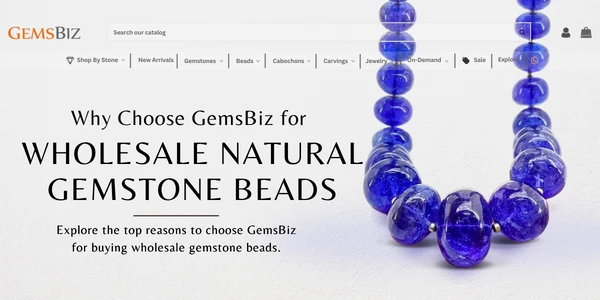
WHY CHOOSE GEMSBIZ FOR WHOLESALE GEMSTONE BEADS?
Looking for a reliable source for wholesale gemstone beads? Look no further than GemsBiz! As a leading wholesaler of high-quality gemstone beads, GemsBiz offers an extensive selection of beads in a variety of shapes, sizes, and colors. With years of experience in the gemstone industry, we have built strong relationships with trusted suppliers around the world, allowing us to offer competitive prices without compromising on quality. Our commitment to providing exceptional customer service sets us apart from other wholesalers, as we strive to meet the unique needs of our clients. Whether you are a jewelry designer, hobbyist, or retailer, GemsBiz is your go-to destination for all your wholesale gemstone bead needs. With our vast inventory, competitive prices, and exceptional customer service, you can trust GemsBiz to be your reliable partner in the world of gemstone beads.
Read more
5 TIPS TO BUY GEMSTONE BEADS ONLINE
Are you an avid jewelry maker looking to add unique and eye-catching elements to your designs? Look no further than gemstone beads! These beautiful, natural stones come in various colors, shapes, and sizes, making them the perfect addition to any jewelry piece. And with the convenience of online shopping, it has never been easier to purchase gemstone beads for your next project. In this blog post, we will share five helpful tips to remember when buying gemstone beads online, ensuring that you get the best quality and value for your money. So, let's get started!
Read more
TOP 3 GEMSTONE SOURCING HUBS IN THE WORLD
Gemstones have been prized and coveted for their beauty and rarity for centuries. From diamonds to emeralds, sapphires to rubies, these precious stones have captured the attention and admiration of people all over the world. But have you ever wondered where these stunning gems come from? Numerous locations around the globe are known for their gemstone sourcing, but there are a few that stand out above the rest. In this blog post, we will explore the top 3 gemstone sourcing hubs in the world, where these magnificent stones are found, and why they are so highly regarded in the world of gemstones.
Read more
IS IT A GOOD IDEA TO BUY WHOLESALE GEMSTONES ONLINE?
The world of gemstones is a fascinating one, filled with vibrant colors, unique shapes, and stunning designs. For those looking to add to their collection or purchase gemstones for jewelry making, buying wholesale can be an appealing option. With the rise of online shopping, it's now easier than ever to purchase wholesale gemstones from the comfort of your own home. However, the question remains: is it a good idea to buy wholesale gemstones online? In this blog post, we'll explore the pros and cons of purchasing gemstones online in bulk and provide some tips on how to ensure a successful and satisfying purchase. So if you're curious about buying wholesale gemstones online, read on to find out more!
Read more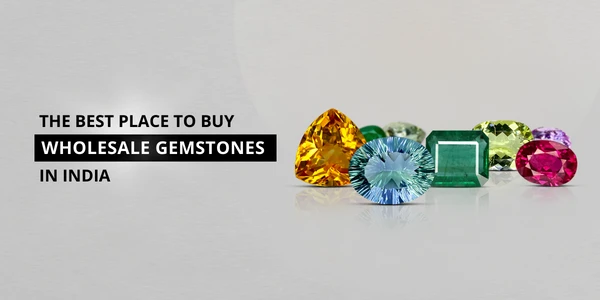
THE BEST PLACE TO BUY WHOLESALE GEMSTONES IN INDIA
India is renowned for its vibrant culture, diverse landscapes, and rich history. But what many may not know is that it is also a treasure trove for gemstones. The country has a long-standing tradition of mining and trading precious gemstones, making it one of the top producers and exporters of gemstones in the world. And for those looking to purchase wholesale gemstones, India is the ultimate destination. With a plethora of options, competitive prices, and top-quality stones, it is no wonder that India is considered the best place to buy wholesale gemstones. In this blog post, we will explore the reasons why India should be your go-to destination for all your gemstone needs.
Read more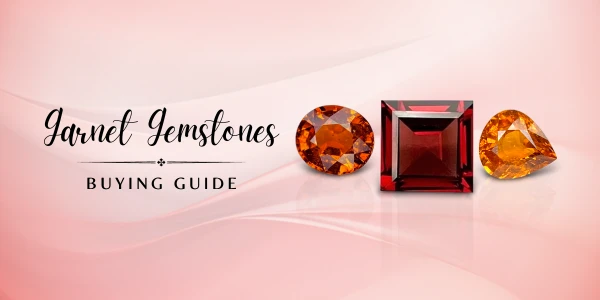
GARNET GEMSTONES BUYING GUIDE
Are you looking for the perfect garnet gemstone to add to your collection? If so, you have come to the right place. In this garnet gemstones buying guide, we will provide you with all the information and tips you need to make a knowledgeable and informed decision when selecting the ideal garnet gemstone. We will discuss the various types of garnet gemstones, their properties, the different colors, clarity, cuts, and carat weights that are available, and more. So read on and get ready to find the perfect garnet gemstone for you!
Read more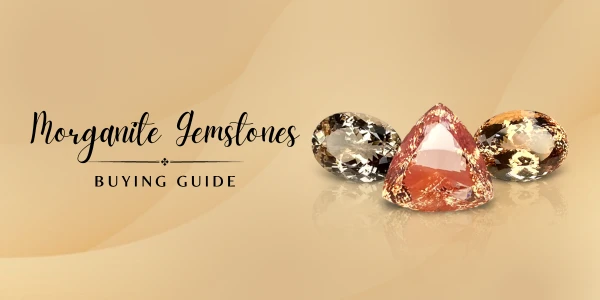
MORGANITE GEMSTONES BUYING GUIDE
Morganite, also known as pink beryl, is a mesmerizing pinkish-orange stone that has been used in jewelry for centuries. It is said to be a stone of divine love and encourages us to accept love into our lives. Whether you are looking for a beautiful piece of jewelry for yourself or a loved one, this guide will provide you with the knowledge and understanding you need to make an informed buying decision. From the history and properties of morganite to the various shapes and sizes of stones available, this guide will help you make the right choice. So let’s get started and explore the captivating world of morganite gemstones.
Read more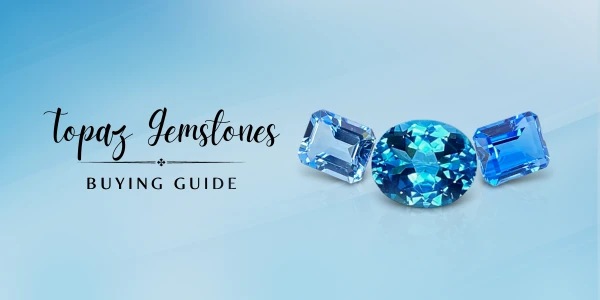
TOPAZ GEMSTONES BUYING GUIDE
Topaz is a beautiful and versatile stone that comes in various colors, sizes, and shapes. It has become increasingly popular in recent years due to its stunning visual appeal and ability to add sparkle and elegance to any outfit. In this guide, we’ll provide all the information you need to know about buying topaz gemstones, including types of topaz, what to look for when purchasing, and where to find the best deals. We’ll also give you tips on how to care for your topaz gemstone jewelry so that it looks beautiful and vibrant for years to come.
Read more
ALEXANDRITE GEMSTONES BUYING GUIDE
Are you looking to buy a beautiful alexandrite gemstone? Then you've come to the right place! Our alexandrite gemstones buying guide provides all the information you need to know before making a purchase. Here, you'll learn about the features and characteristics of alexandrite stones, tips for selecting the best quality, and advice on where to shop for the most affordable prices. With this guide, you can rest assured that you're making a smart investment in a beautiful and valuable gemstone. So, read on and learn all about alexandrite gemstones!
Read more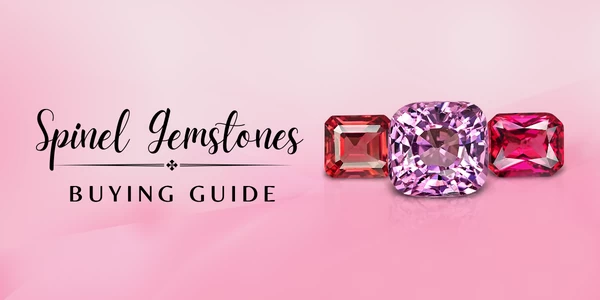
SPINEL GEMSTONES BUYING GUIDE
Are you in the market for a beautiful gemstone? If so, you should consider buying a spinel gemstone! Spinel gemstones are some of the most beautiful and unique gems in the world. They come in a wide range of colors, from pink and red to orange and purple. Plus, they are durable and affordable, making them a great option for anyone looking to add a stunning stone to their collection. This guide will provide you with the information you need to make an informed decision when it comes to buying spinel gemstones. We'll go over the different types of spinel available, discuss the various color options, and provide tips on how to care for your spinel gemstone. By the end of this guide, you'll be well-equipped to pick out the perfect spinel gemstone for you.
Read more
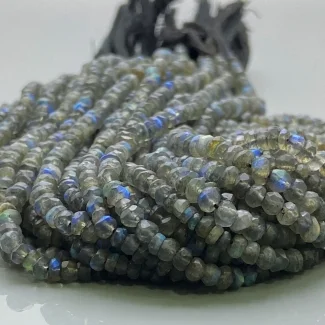
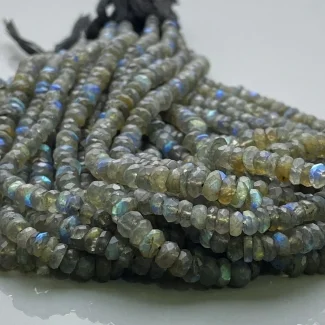
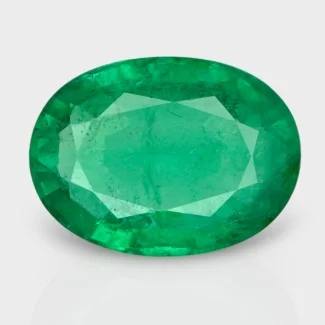
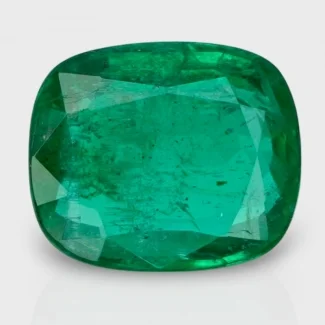
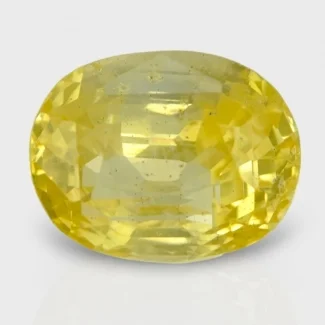
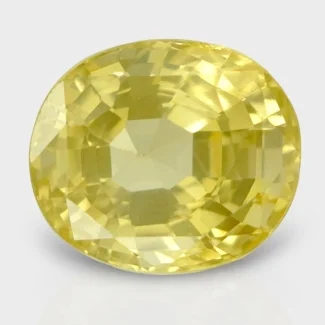
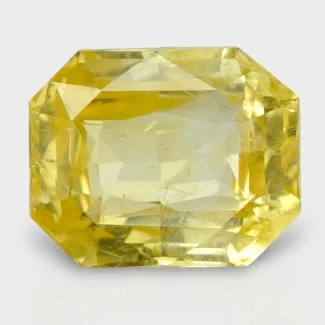

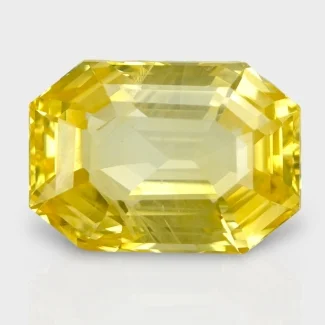
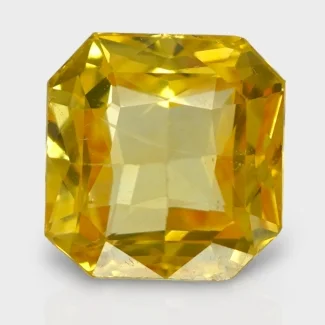
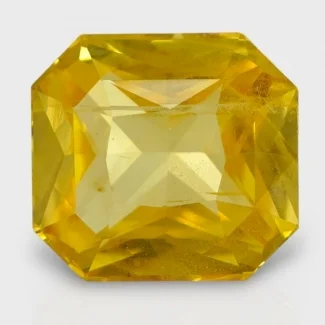
Comments (0)